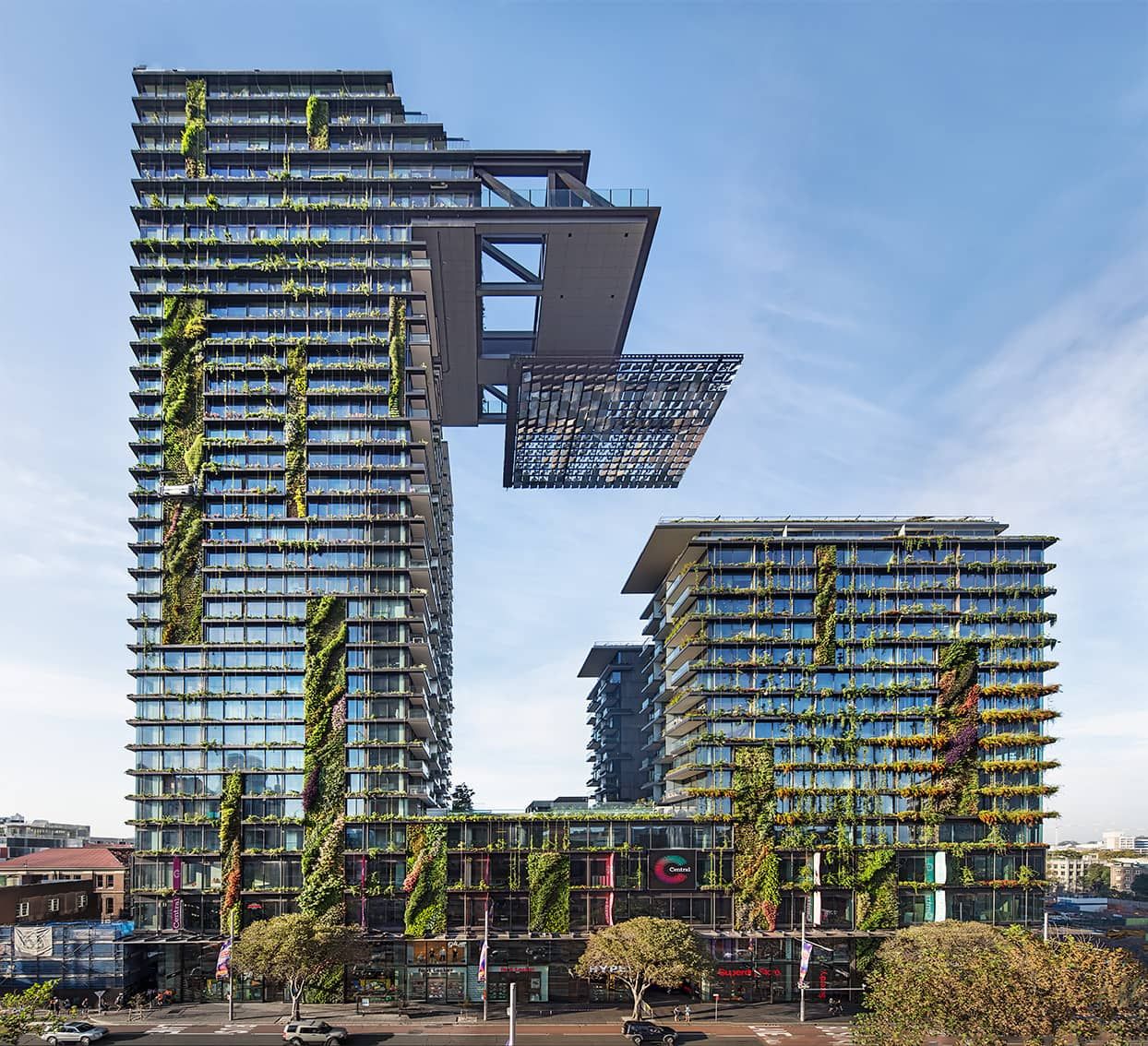
Green architecture employs technological innovation to minimise the adverse effects of designing, constructing and operating a building on the natural environment and living communities, ensuring their quality of life for many years to come.It is in line with the philosophy of sustainability, proposing that the cost of development should not be the living conditions of future generations. The development of human settlements requires using natural resources like minerals, organic life and energy sources. Acquiring and consuming these resources cause harm to ecosystems which are formed over a long time, resulting in increased pollution and decreased productivity.
Webmaster: Nonpawit Winson M.57 No.30

1.comfort
2.economy
3.fresh aesthetics
